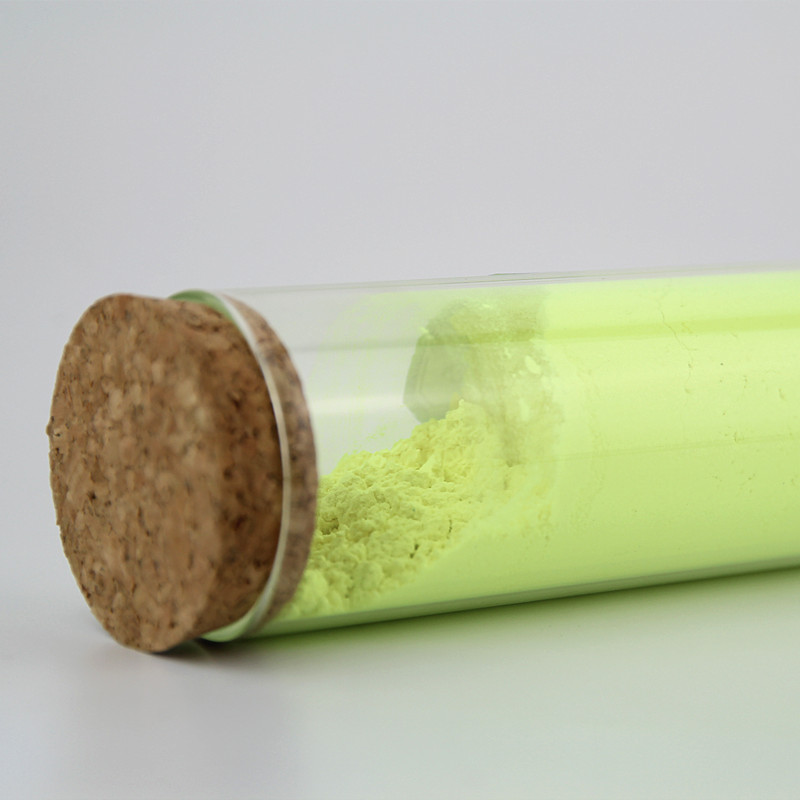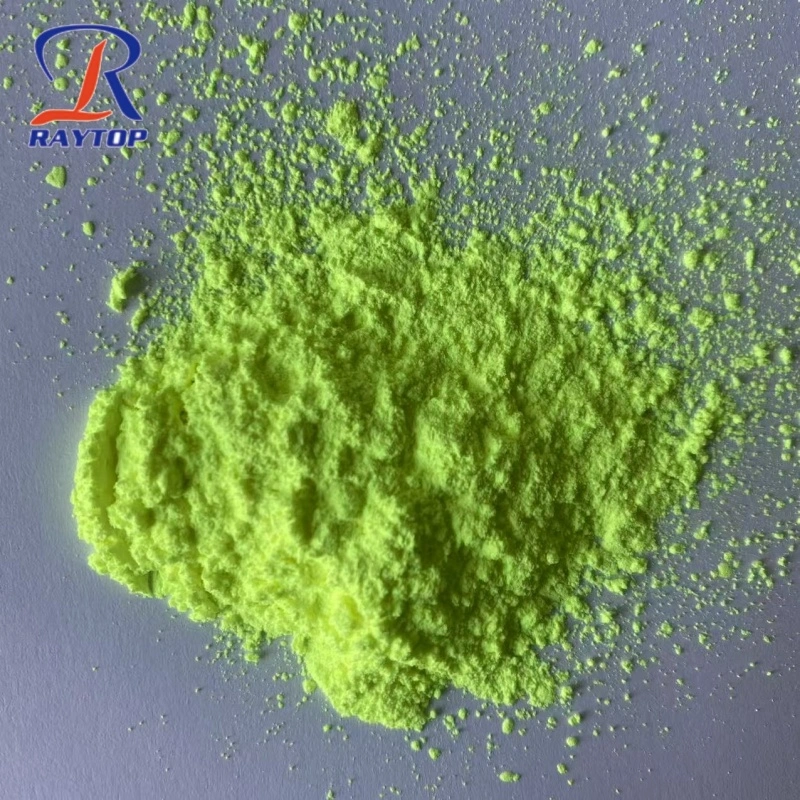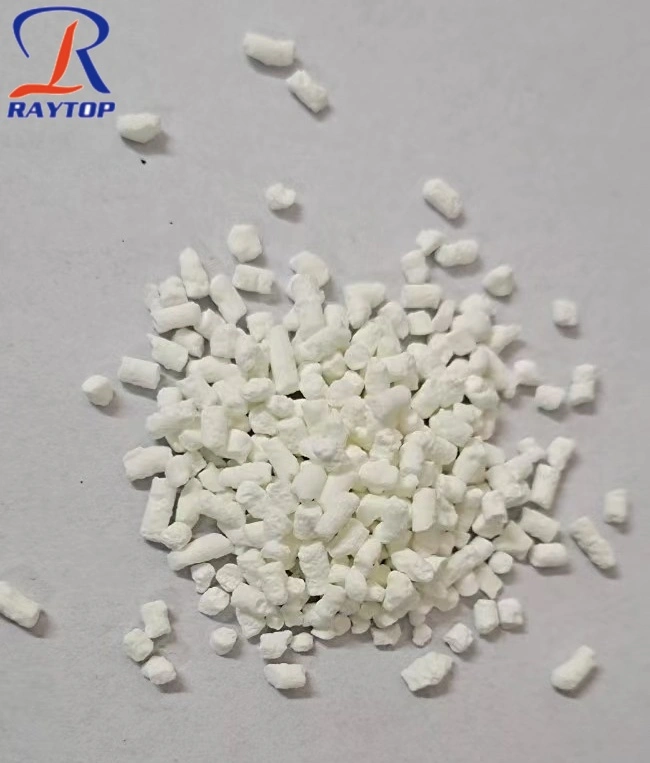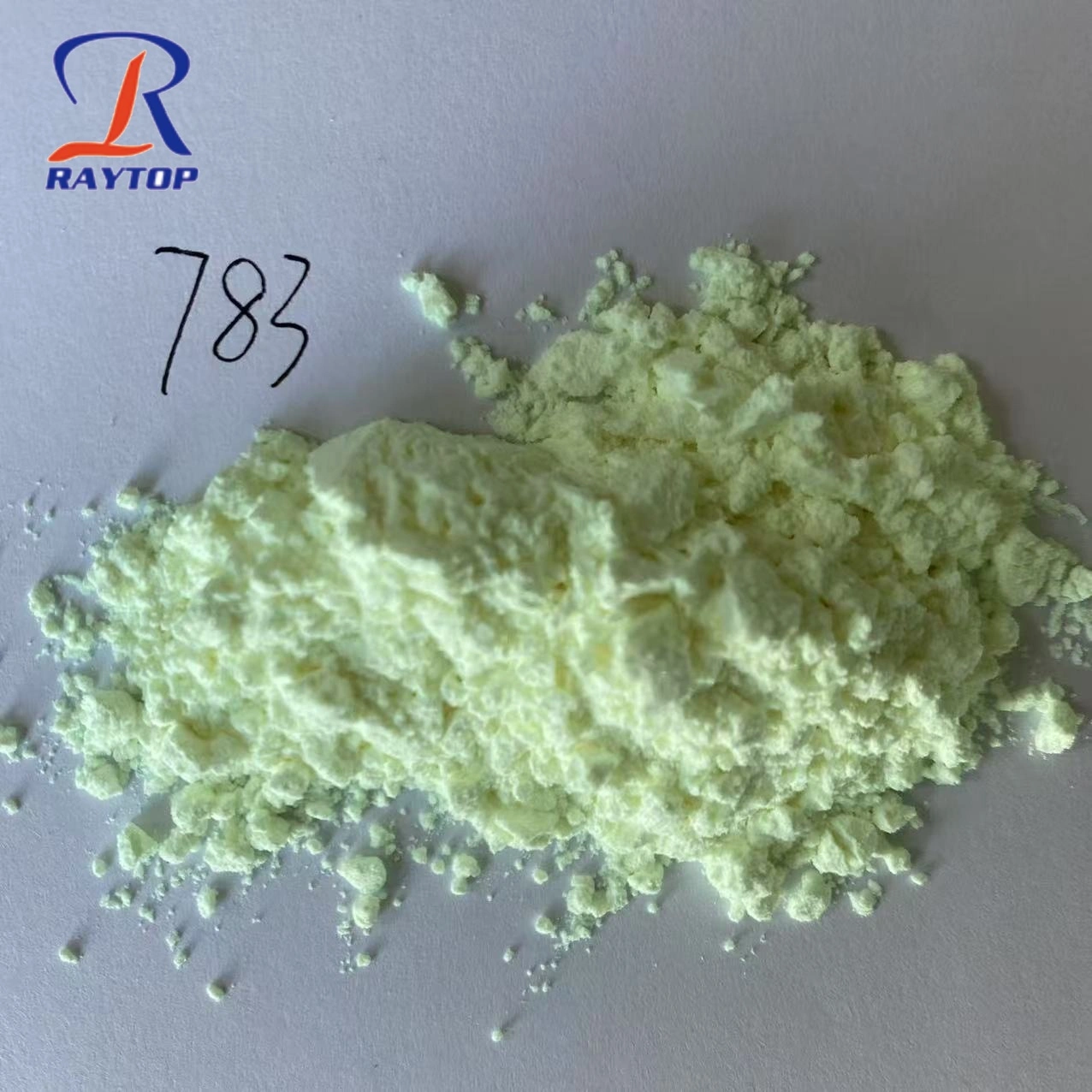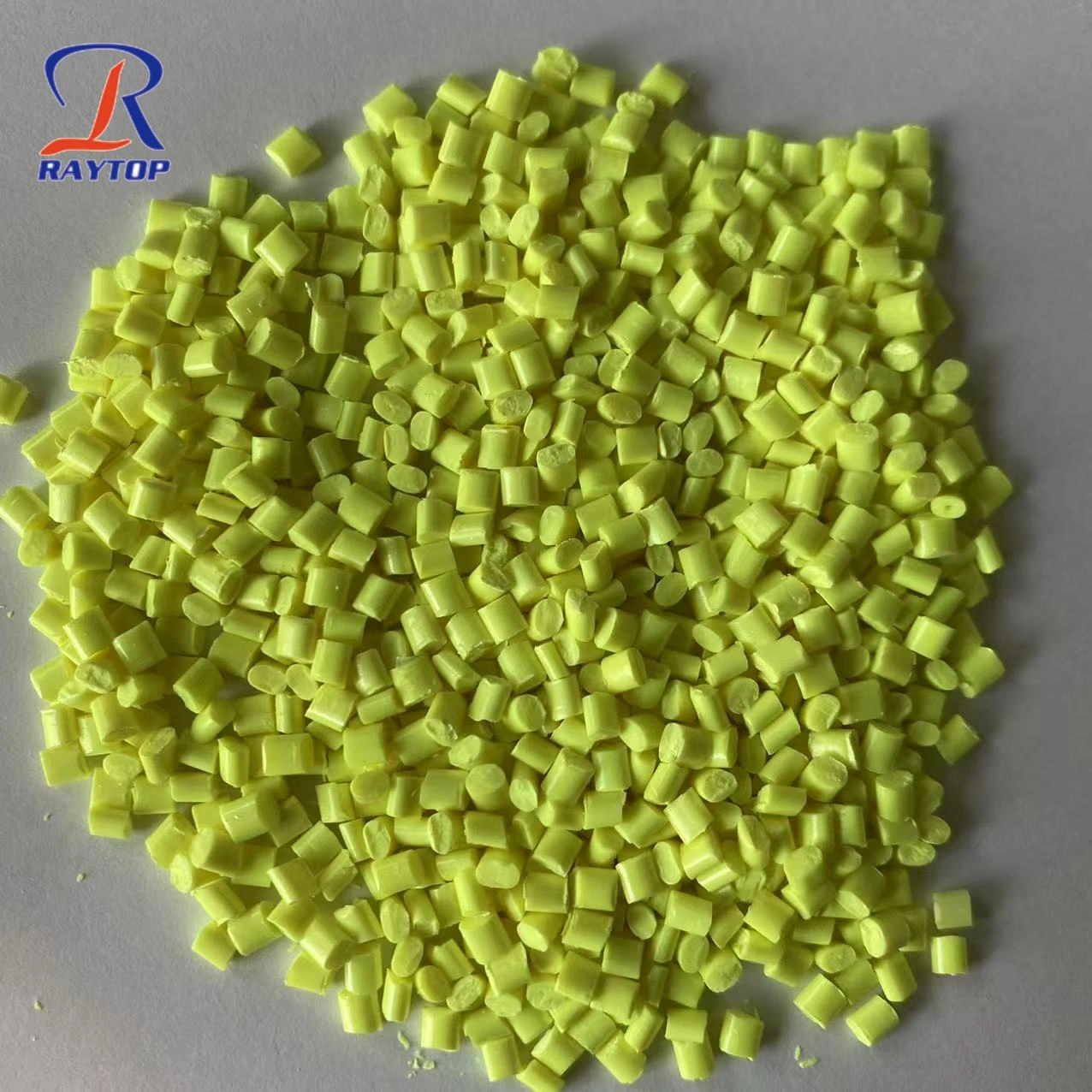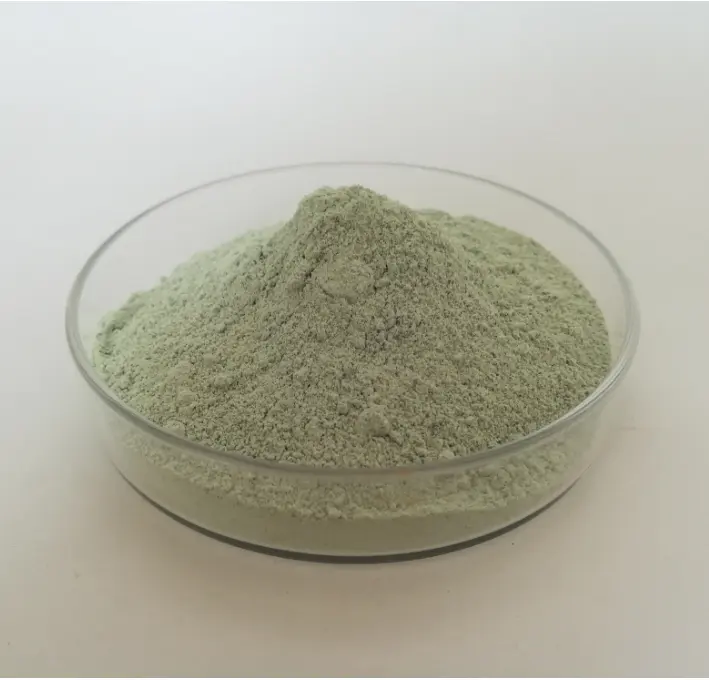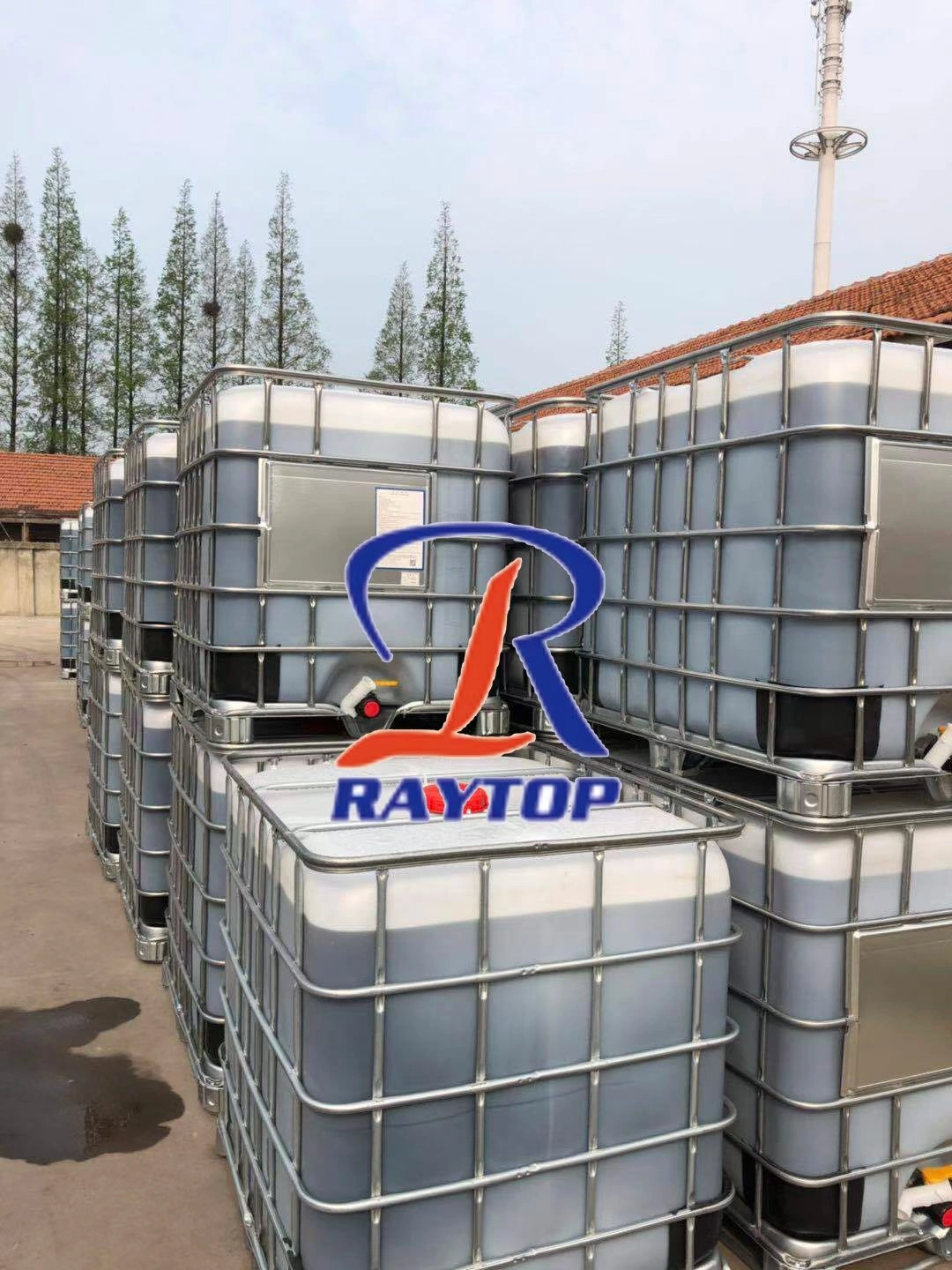ABS plastic is a terpolymer of acrylonitrile (A), butadiene (B), and styrene (S). The relative content of these three monomers can be changed at will to make various resins.
From the performance of the three components, acrylonitrile has high hardness and strength, heat resistance and corrosion resistance; butadiene has impact resistance and toughness; styrene has high surface gloss, easy coloring and easy Processability.
The characteristics of the above-mentioned three components make ABS plastic a kind of thermoplastic with good comprehensive performance with "high quality, toughness and high rigidity".
In addition, ABS plastic has the advantages of readily available raw materials and low prices, so ABS has been widely used in machinery, electrical, textile, automobile, aircraft, ship and other manufacturing industries and chemicals.
In order to reduce costs and other reasons, many ABS manufacturers use recycled materials for production. Although the recycled materials are cheap, the whiteness is often poor, and an appropriate amount of f fluorescent brightener needs to be added for whitening and brightening. So which fluorescent brightener should be used for ABS plastic?
Most of the ABS plastic processing temperature is above 220 degrees, which means that the melting point of the optical brightener must be greater than 220 degrees, otherwise the optical brightener will not only not whiten, but will affect the whiteness of ABS.
The melting point of fluorescent brightener FP-127 is only 220°C, and most ABS processes exceed this temperature. Therefore, only the optical brightener KSN and the optical brightener OB-1 can meet the requirements of most ABS processes.
Due to the cancellation of foreign orders, several domestic factories producing fluorescent brightener KSN have stopped production. Many fluorescent brightener KSN on the market now have a high probability of being blended with other types of brighteners. Of course, there are also a small part of the tail products produced before, and the price is still high.
So can the optical brightener OB-1 be suitable for ABS?
From the point of view of the melting point, the melting point of fluorescent brightener OB-1 is as high as 359 degrees, which can fully meet the processing temperature of ABS.
From the cost point of view, with the further increase of OB-1 production capacity, the price continues to fall, and the addition of OB-1 is only two to five ten thousandths, which is extremely cost-effective.
From the effect point of view, fluorescent brightener OB-1 has high fluorescence intensity and excellent whitening effec
In summary, in the ABS production process, the first recommended addition is the optical brightener OB-1.

